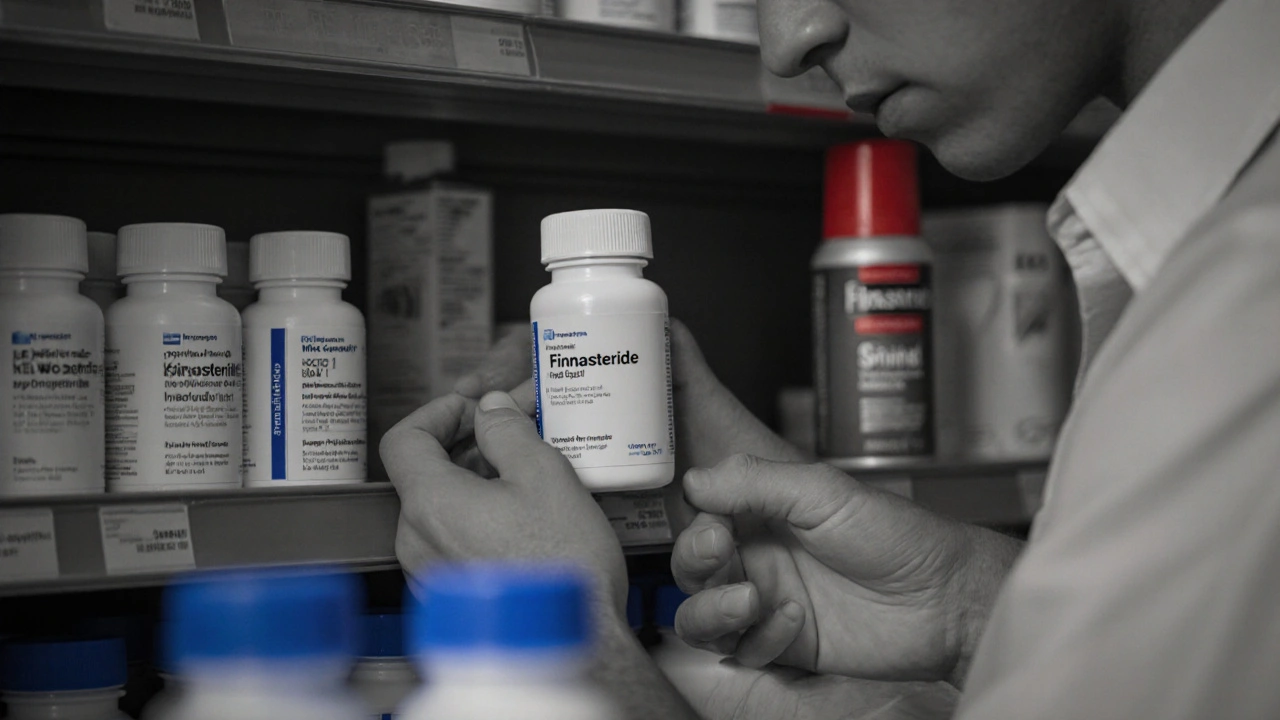Hair Loss Treatment: Easy Steps to Stop Shedding and Grow Back Hair
Hair loss can feel frustrating, but you don’t need a PhD to tackle it. Most people notice thinning hair before it becomes a big problem, and the good news is that early action works. Below we break down what usually causes hair loss and which treatments actually help, so you can pick the right plan for your scalp.
Common causes of hair loss
Understanding why your hair is falling out is the first move. Here are the top culprits you’ll run into:
- Hormonal shifts – thyroid issues, menopause, or high DHT levels can mini‑shrink follicles.
- Stress – physical or emotional stress triggers telogen effluvium, a temporary shedding phase.
- Nutrition gaps – lack of iron, zinc, or vitamin D often shows up as thin strands.
- Bad hair habits – tight braids, harsh chemicals, and excessive heat damage the shaft.
- Genetics – male‑pattern or female‑pattern baldness runs in families and responds best to targeted meds.
Pinpoint the cause that fits your story. If you’re unsure, a quick blood test or a chat with a dermatologist can save you time and money.
Effective treatment options
Once you know the trigger, pick a treatment that matches. Below are the most reliable choices, ranked by how fast they show results and how easy they are to use.
1. Over‑the‑counter minoxidil (Rogaine) – Apply 2 ml to the scalp twice a day. Most users see a visible reduction in shedding after 8‑12 weeks and new growth in about 6 months. Stick to the routine; stopping will reverse the gains.
2. Prescription finasteride (Propecia) – A daily 1 mg pill that blocks DHT. Works best for men with pattern baldness. Side‑effects are rare but discuss them with your doctor.
3. Natural DHT blockers – Saw‑saw, pumpkin seed oil, and green tea extract can lower DHT without a prescription. Take them daily as a supplement or apply a topical blend.
4. Nutrient boost – Add a multivitamin with iron, zinc, biotin, and vitamin D. Eat protein‑rich foods like eggs, fish, and legumes to give follicles the building blocks they need.
5. Low‑level laser therapy (LLLT) – A cordless comb or cap that emits red light for 10‑15 minutes a day. Clinical trials show a 30% increase in hair density after 4‑6 months.
Combine two or three methods for a stronger effect. For example, minoxidil + a nutrient supplement works well for many people.
Don’t forget lifestyle tweaks: reduce heat styling, avoid tight hats, manage stress with short walks or meditation, and get at least 7 hours of sleep.
Hair loss isn’t a one‑size‑fits‑all problem, but the right mix of cause‑specific care and proven products can turn thinning strands into a fuller look. Start with a simple routine, track your progress with photos, and adjust as you learn what your scalp responds to best.

A clear, practical guide comparing Finasteride with popular hair‑loss alternatives, covering how each works, side effects, costs, and how to choose the right treatment for you.
- Read More

